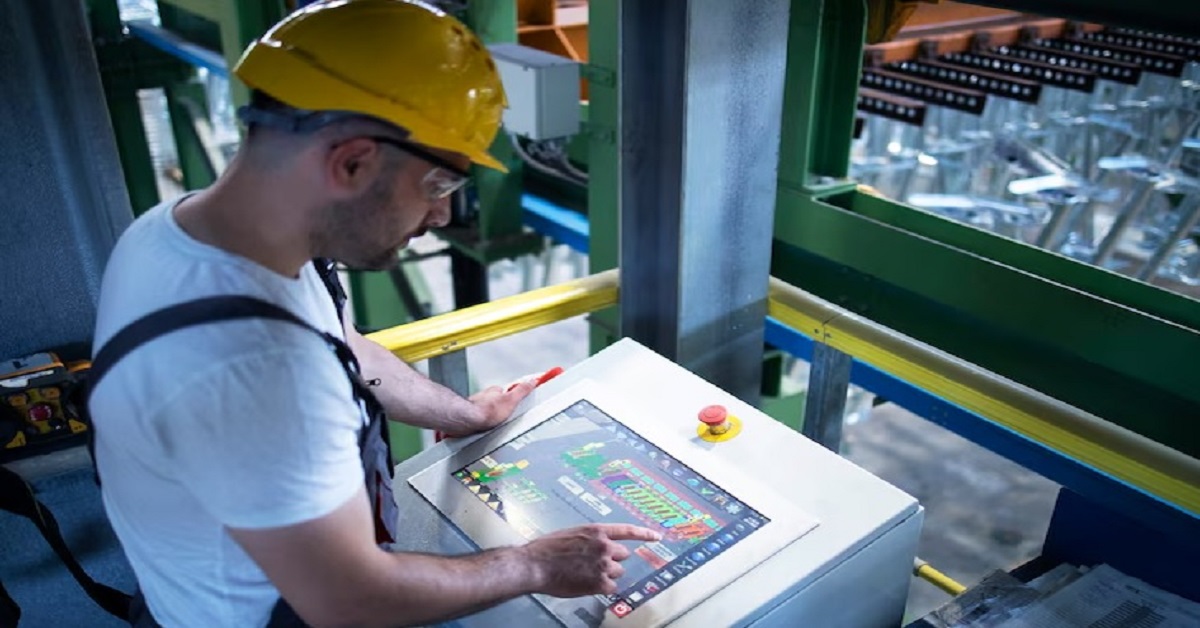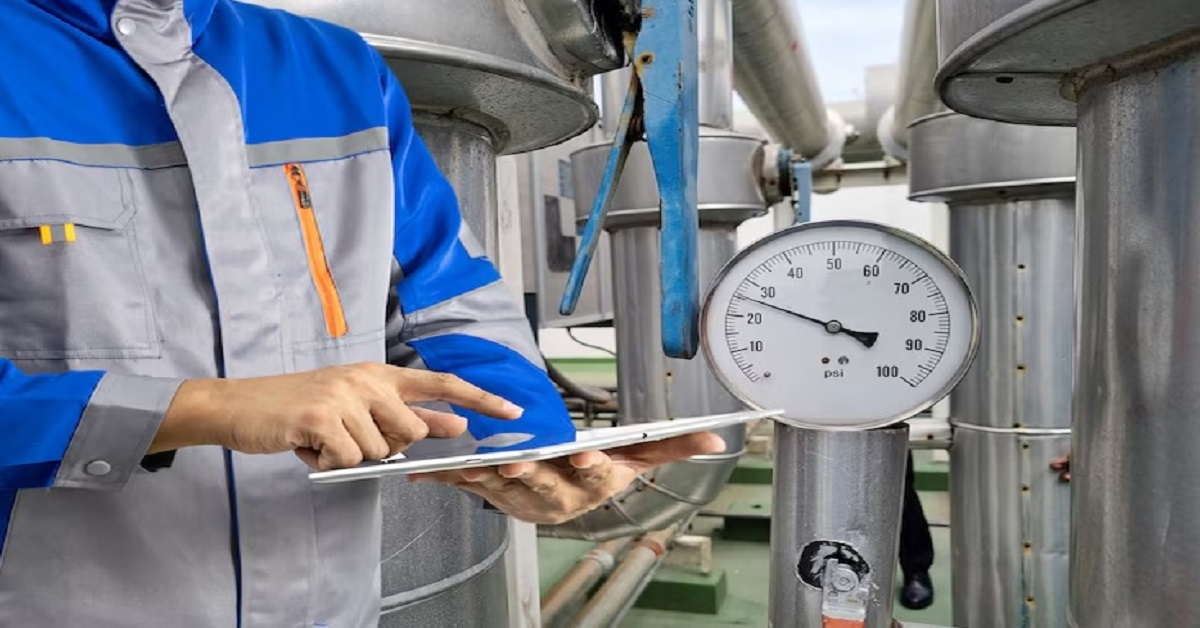In today’s fast-paced industrial world, equipment reliability and performance are vital for success. One of the most effective ways to ensure smooth operations and prevent costly downtime is through sensors condition monitoring. By using advanced sensors, companies can track the health of their machinery in real time, detect potential issues early, and take preventive action before failures occur.
Understanding Condition Monitoring
Condition monitoring is the process of assessing the health and performance of equipment through continuous data collection and analysis. Instead of relying on scheduled maintenance or waiting for breakdowns, sensors provide ongoing insights into temperature, vibration, pressure, and other operational parameters.
This approach allows businesses to shift from reactive maintenance—fixing things only when they break—to predictive maintenance, where actions are taken based on actual equipment condition. The result is improved efficiency, reduced downtime, and extended equipment lifespan.
Role of Sensors in Condition Monitoring
At the heart of every modern condition monitoring system are advanced sensors. These smart devices continuously gather data from machinery and transmit it to monitoring systems for analysis. The sensors can detect even the smallest changes that might indicate wear, imbalance, misalignment, or lubrication issues.
Here are some of the most commonly used types of sensors condition monitoring relies on:
Vibration Sensors: Identify imbalances, looseness, or bearing wear in rotating equipment.
Temperature Sensors: Monitor overheating in motors, bearings, or gearboxes.
Pressure Sensors: Detect leaks or blockages in hydraulic and pneumatic systems.
Acoustic Sensors: Capture ultrasonic sound waves that reveal early mechanical faults.
Proximity Sensors: Track the position or displacement of moving components.
These sensors provide accurate, real-time data, enabling maintenance teams to act swiftly and efficiently.
Benefits of Using Advanced Sensors
Implementing sensors condition monitoring brings multiple benefits to industries of all types, from manufacturing and energy to transportation and mining.
Early Fault Detection: Sensors can identify potential issues long before they cause major breakdowns.
Reduced Maintenance Costs: Predictive maintenance reduces unnecessary repairs and minimizes downtime.
Improved Equipment Lifespan: Continuous monitoring ensures machines operate under optimal conditions.
Enhanced Safety: Detecting abnormal conditions early prevents hazardous failures.
Increased Operational Efficiency: Real-time data helps teams plan maintenance schedules more effectively.
By adopting sensor-based monitoring, companies not only save money but also improve overall productivity and equipment reliability.
The Shift Toward Smart Monitoring Systems
Modern sensors condition monitoring systems are more intelligent and connected than ever before. With the integration of IoT (Internet of Things) technology, these sensors can transmit data wirelessly to centralized dashboards. Maintenance teams can access this information remotely, analyze performance trends, and even receive automated alerts when abnormalities are detected.
Artificial Intelligence (AI) and Machine Learning (ML) further enhance this process by analyzing vast amounts of data to predict failures with remarkable accuracy. These smart systems can recognize patterns that human observation might miss, making condition monitoring more precise and proactive.
Industries Benefiting from Sensor Technology
Almost every industry can benefit from sensors condition monitoring.
Manufacturing: Keeps assembly lines running smoothly with minimal interruptions.
Oil & Gas: Monitors pumps, compressors, and pipelines for leaks or pressure fluctuations.
Energy: Ensures the continuous operation of turbines, generators, and transformers.
Transportation: Tracks engine performance and mechanical wear in vehicles or aircraft.
In all these sectors, the use of sensors helps create safer, more efficient, and cost-effective operations.
Final Thoughts
The future of industrial maintenance lies in technology-driven solutions that anticipate problems before they happen. Sensors condition monitoring is not just about collecting data—it’s about transforming that data into actionable insights that drive smarter decisions.
By investing in advanced sensor technology, businesses can reduce costs, enhance equipment reliability, and achieve long-term operational excellence.
For innovative, accurate, and efficient condition monitoring solutions, trust Semeq. With expertise in industrial diagnostics and cutting-edge sensor systems, Semeq helps businesses optimize performance, reduce downtime, and ensure equipment longevity.
Let Semeq guide you toward a smarter, more efficient future with reliable sensors condition monitoring solutions tailored to your needs.




